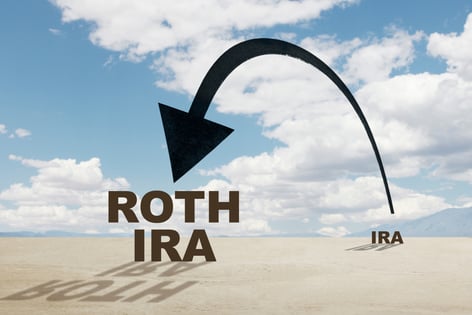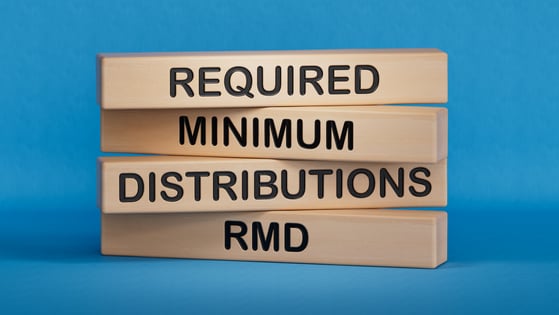A hands-on, multi-generational guide to risk management and wealth preservation for families.
Building a risk-aware family investment culture across generations
For high-net-worth families, sustained wealth isn’t just about picking the right investments—it’s about embedding a risk management mindset in every generation. Building a family investment culture centered on risk awareness starts with open dialogue: discussing goals and thresholds for risk, return, and timeline, and making sure that every stakeholder understands how much uncertainty they’re truly comfortable with. This is especially important when portfolios are being handed down: the next generation may not share their predecessors’ experiences, values, or investment savvy, but will inherit the consequences of legacy decisions.
Educating heirs on the basics of risk—market volatility, loss aversion, liquidity constraints, and the psychological traps that can compromise sound decision-making—lays the groundwork. Scheduled family meetings or formal legacy sessions with advisors can help ensure everyone remains aligned. Wealth preservation isn’t just about stashing cash in low-yield vehicles; it’s about balancing prudence with opportunity and keeping an eye on continuity, not just current returns.
Techniques for identifying, quantifying, and mitigating portfolio risks
Managing risk in family portfolios begins with robust assessment. First, inventory all assets: investments, real estate, business interests, cash, and illiquid holdings. Next, identify risk exposures in each—are there concentrated holdings, leverage, cross-border assets, or assets with uncertain valuation? Quantifying risk means stress-testing your portfolio against scenarios like market crashes, interest rate swings, or liquidity crunches.
Tools such as Monte Carlo simulations (randomized scenario analysis) and Value at Risk (VaR) models help highlight hidden vulnerabilities. Mitigation strategies include diversifying across asset classes, geographies, and manager types; incorporating insurance solutions (such as umbrella liability or key-person policies); and setting clear policies for margin, leverage, and private investments. Prudent families also use written investment policy statements (IPS), which outline acceptable risks, asset allocation ranges, and review protocols.
The role of regular reviews, documentation, and professional support
The final pillar of effective family risk management is regular review—critical because circumstances, markets, and family goals evolve. Annual or semiannual portfolio reviews (involving the full advisory team) allow for timely rebalancing, performance assessment, and proactive risk monitoring. Documentation is just as important: poorly-documented intentions or outdated records can lead to confusion, disputes, or avoidable tax/legal complications.
Involving independent and objective professionals—wealth advisors, CPAs, legal counsel—ensures discipline and clear-eyed feedback. Strong family governance (family investment committees or independent board members) can foster resilience and harmonize diverse perspectives. The payoff? Families are better able to preserve wealth through generations, adapt to surprise events, and reduce internal friction.




